Genghis to City: Drop Dead + Tomato Szn Approaching
At the Movies & In the Kitchen: August 5
Trying something new: quick briefings on films new to theaters, with a food angle where applicable, followed with a roundup of things I’m cooking/plan to cook. All of which are fairly quickly dashed off.
I realize there are some readers who are here primarily for either the film or food stuff so trying to split the difference, while preserving my sanity as I try to get some longer form pieces out into the world. (And if you are subscribing because you like food and film equally, even better!) But perhaps it’s better to just keep them in separate posts.
This past weekend saw the release of two older films that were recently restored: Mongolian invasion epic The Fall of Otrar and gritty NYC action thriller Night of the Juggler. Plus, tomato season has begun! Ideally this would have been published on Friday, whoops!
At The Movies
The Fall of Otrar (1991)
Now playing in NY at the Lincoln Center through August 7. Screens August 9 in LA at the Aero.
Once upon a time, I matched with a girl on Hinge whose profile noted an interest in 7th century Eurasian steppe politics. I never got the chance to learn what that was all about, but if her enthusiasm extends another six centuries, she may enjoy this historical epic, which chronicles the events leading up to and during the Mongol siege of a Central Asian city. Originally released in Kazakhstan in 1991, with a small US run in 2002, The Fall of Otrar has been rescued from obscurity thanks to a beautiful new restoration by The Film Foundation’s World Cinema Project and L’Immagine Ritrovata.
The titular city of Otrar, located in present-day Kazakhstan, was an important trading post along the Silk Road. At the beginning of the 13th century it was controlled by the Khwarazmian Empire, but the approach of Genghis Khan and his Mongol Horde spells doom for its leaders and inhabitants alike. Undzhu (Dokhdurbek Kydyraliyev), a spy who had successfully infiltrated the Mongols, warns the Shah of the looming threat, but his truth-telling only gets him arrested. Before long, he’s sprung from prison by the leader of his tribe, but they are helpless in preventing the coming bloodshed.
What could have been a thriller of palace intrigue is instead a tale of desolate foreboding. Before seeing the film, it would be very helpful to get historical context from the Wikipedia article on the subject or the press notes, as it doesn’t make much of an effort to explain the intricacies of 13th century Eurasian steppe politics. More attention is given to the conditions under which brutal societies can rise and fall, transportative rather than explanatory of the causes. There aren’t really any heroes in this film; everyone is merely waiting for the barbarians. Ardak Amirkulov, then a fresh graduate from Kazakhstan’s film school, directs the climactic battle with an eerie detachment, letting the camera linger on the newly dead while swords clash in the background.
The civilizational upheaval was not limited to the screen. When production began on The Fall of Otrar in 1987, Kazakhstan was a Soviet Socialist Republic. By the time the film was finally completed, four years later, the USSR had all but disintegrated. The script, written by Russian filmmaker Aleksei German and his wife Svetlana Karmalita, was a prescient reflection on how quickly the established order can fall away. German’s fingerprints are all over this film, and in retrospect Otrar feels like a warmup to his magnum opus Hard to Be a God, which was also an allegory for Soviet history that immersed the viewer into medieval hopelessness. For all its virtues, The Fall of Otrar retains the retrospective distance of a historical film, while Hard to Be a God comes off as a cursed transmission from the Dark Ages.
Coincidentally, I recently wrote about that film for the movie zine 4R Press:
Tasting Notes
Until looking it up for this piece, I didn’t know that Mongolian Barbeque was neither Mongolian nor barbeque. It’s cooked on a hibachi-style flat top, and it was invented in Taiwan. That doesn’t stop these establishments from leaning into the branding. In high school, I’d often hang out at the Eastridge Mall, which had a Mongolian BBQ stall in the food court. I haven’t been back there in nearly fifteen years, but Great Khan’s is still up and running.
The Great Khan in The Fall of Otrar is seen eating fire-roasted meat—either goat or lamb—right off the bone. That’s much closer to actual barbeque than the “Mongolian” kind. No one eats stir-fried noodles in the movie.
Night of the Juggler (1980)
Now playing in NY at the IFC. Opens September 4 in LA at the Aero. 4K Blu-Ray on September 16.
Those wishing to be immersed in a milieu more familiar—but no less brutal—than the Mongolian invasion of Central Asia can venture into 1970s New York via this grimy, gritty action thriller. Night of the Juggler is a bit of a misleading title: it largely takes place during the day, and nobody juggles, at least literally. The figurative juggler is psychotic Parks Department worker Gus Soltic (Cliff Gorman). He blames the destruction of the South Bronx, and the decrepitude of the city in general, on the rich folks who are constantly “juggling the books” and flooding his burned-out neighborhood with dirty minorities.
To get revenge and “be the juggler” himself, Gus kidnaps the teenage daughter of a powerful real estate developer. He snatches her in broad daylight, in the middle of Central Park, except he got the wrong girl. His hostage turns out to be the daughter of ex-cop turned truck driver Sean Boyd (James Brolin), who will stop at nothing to get her back, no matter the chaos that ensues in his wake. (As it turns out, Spike Lee was not the first filmmaker to take the premise of High and Low and set it in New York.) Coming to his aid at various points are a thrill-seeking cabbie (Mandy Patinkin, in an early role), a resourceful Puerto Rican clerk (Julie Carmen), and a grizzled police lieutenant contending with bomb threats and kidnappings on the daily (Richard Castellano).
Night of the Juggler is an efficiently plotted action flick that journeys into New York’s seedy underbelly, and every plot beat is steeped in its era’s sense of danger. Entirely shot on location, it has since become a time capsule of a city on the brink of destruction. Today only traces of that time remain. Previously only watchable from a bootleg TV rip, this new 4K restoration cleans up the picture without taking away all of its charming grime. A deserved cult classic.
Tasting Notes
At the beginning of the film, Sean makes her daughter a “birthday cake” made out of three hot dogs with a candle in the middle of the plate. Such blue-collar ingenuity tips off the viewer to the protagonist’s scrappy nature. It’s been a little while since I’ve personally patronized a hot dog cart, but I generally prefer Sabrett over Nathan’s.
In the Kitchen
Tomato season is beginning in earnest! Last week I went to the Union Square Farmer’s Market to get a bunch of cherry tomatoes. I very rarely cook the same thing twice in one week, but I ate pasta pomodoro three days in a row. I made it again last night with the rest of my tomatoes.
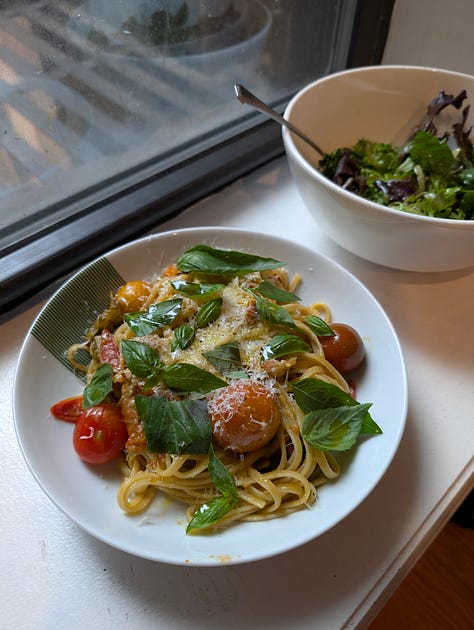
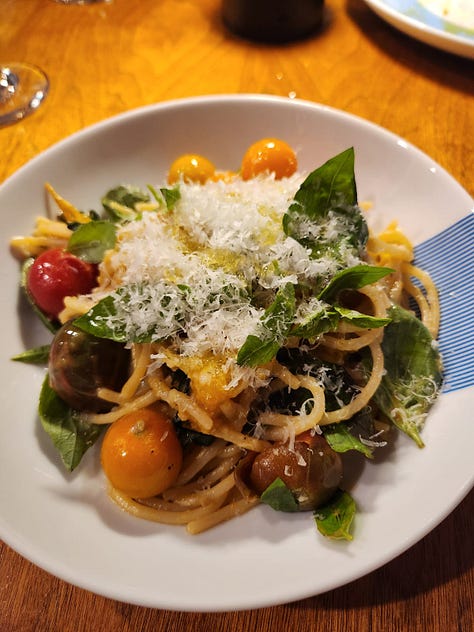
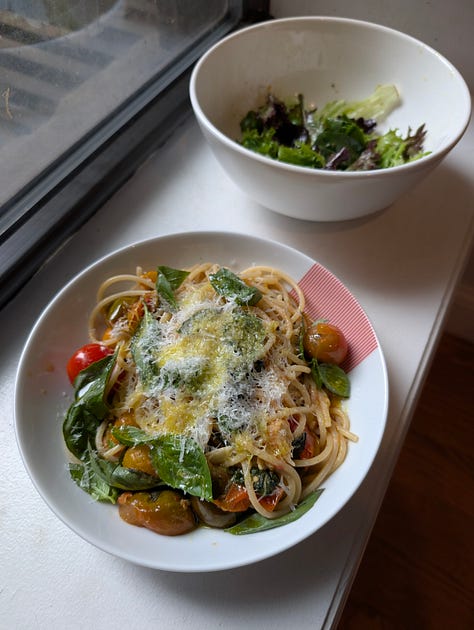
The recipe I follow comes from Six Seasons. It’s pretty much the same as the version on Serious Eats, with the innovation of reserving half of the tomatoes until you’re just about to add pasta into the saucepan. This gives you the best of both worlds: slightly reduced tomatoes and bright bursty tomatoes. (Also, add a tablespoon of butter per ¼ pound of pasta.)
I also got a few tennis ball-sized heirloom tomatoes, which weren’t quite in their prime yet, but good enough for a caprese salad.
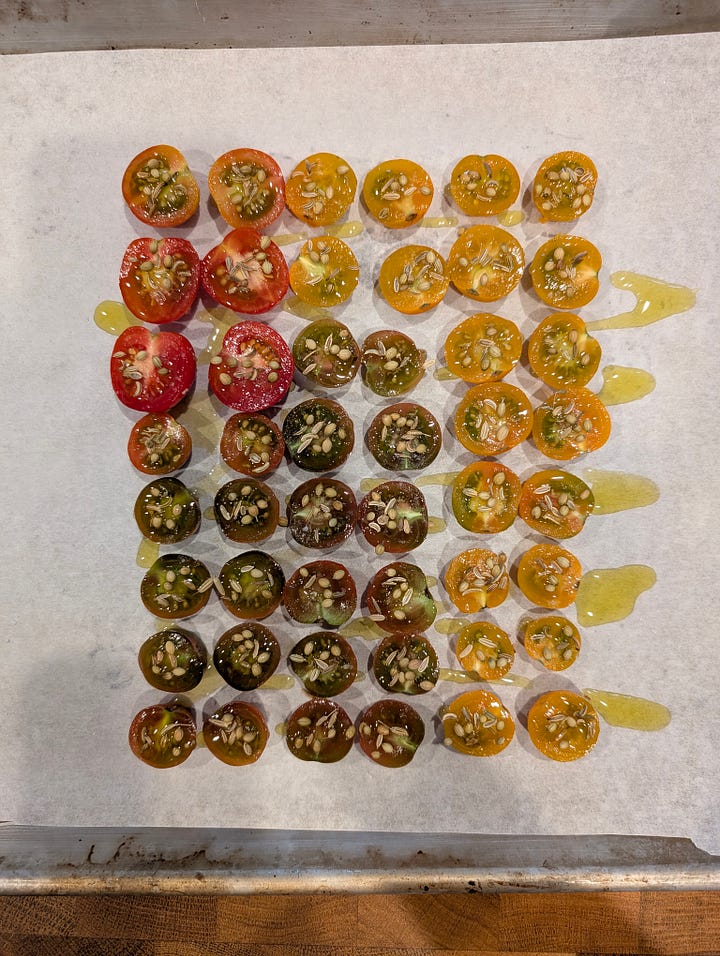
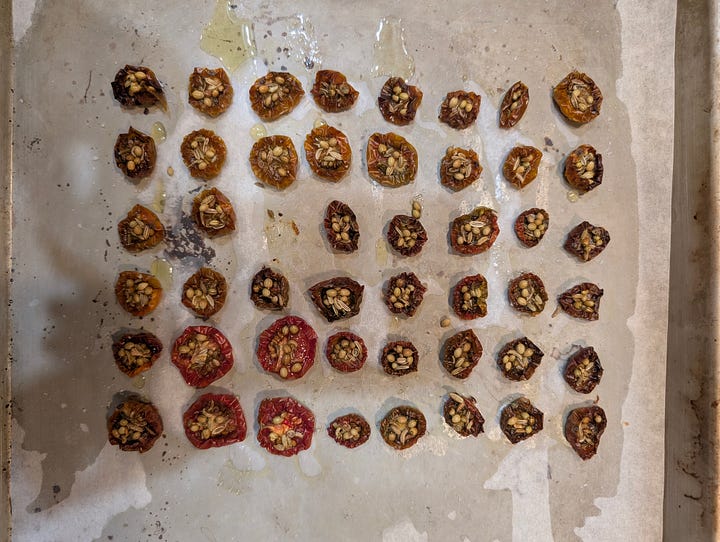
And I gave this recipe for slow-roasted sungold tomatoes a whirl. They sit in a low-temp oven for four hours to infuse the fennel and coriander seeds that are nestled on top of each half. I didn’t even drizzle it in hot honey, as the recipe calls for, but it was a delightful snack on its own.
I was so focused on tomatoes that I kind of neglected my weekly batch of Asian Veggies. The sweet potato leaves, which I have never seen before, are starting to take on a dark color (texture still okay), so I’m gonna give them a stir-fry as soon as I can!
Stonefruits are also very much in season right now: peaches are so, so lovely (yellow over white all day) and I got some awesome apricots the other week. Berries are usually on their way out at this time of year, but last week there were still plenty of strawberries, blackberries, and blueberries. I’m guessing the weird weather this year extended the growing season a bit.



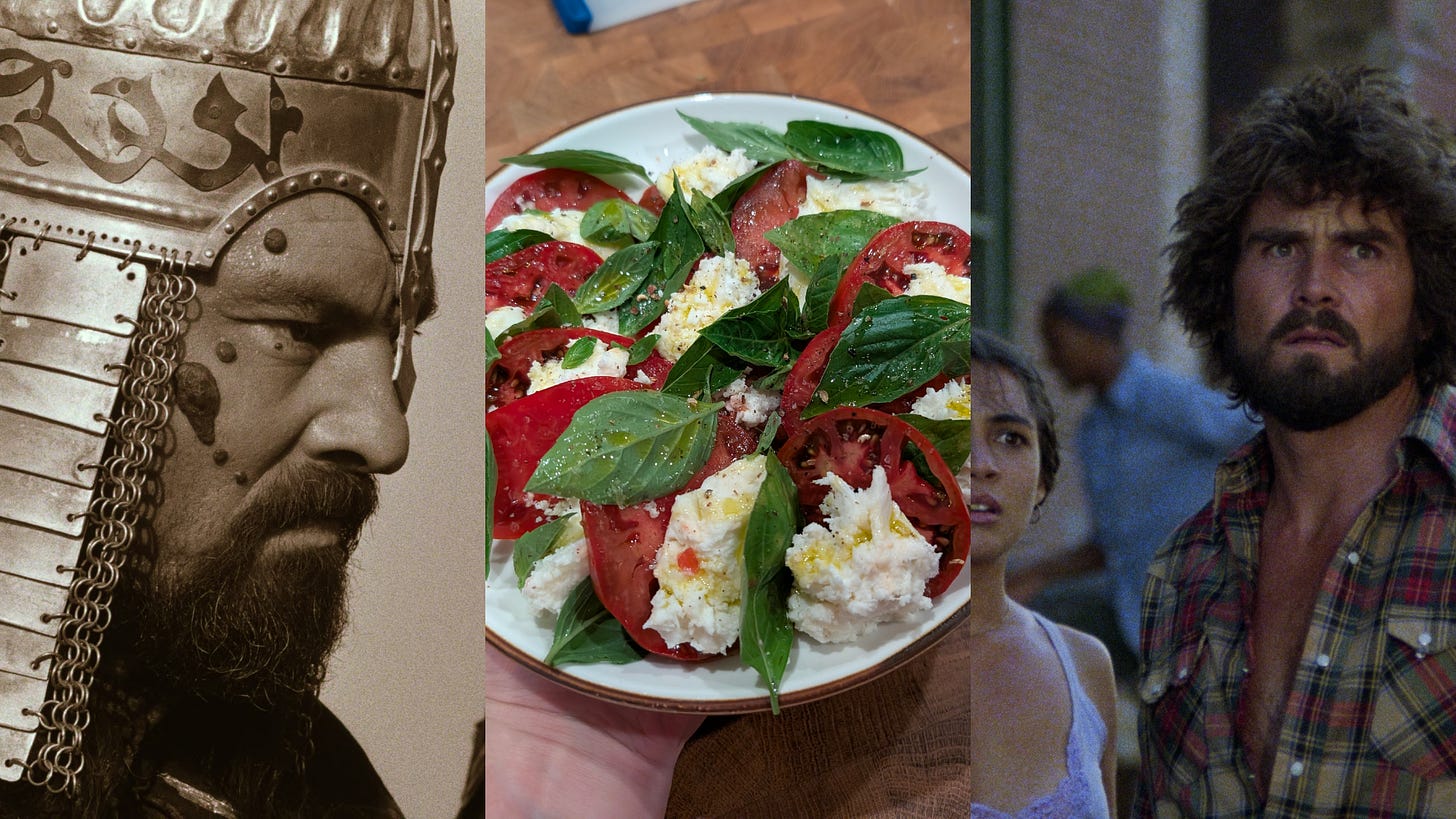
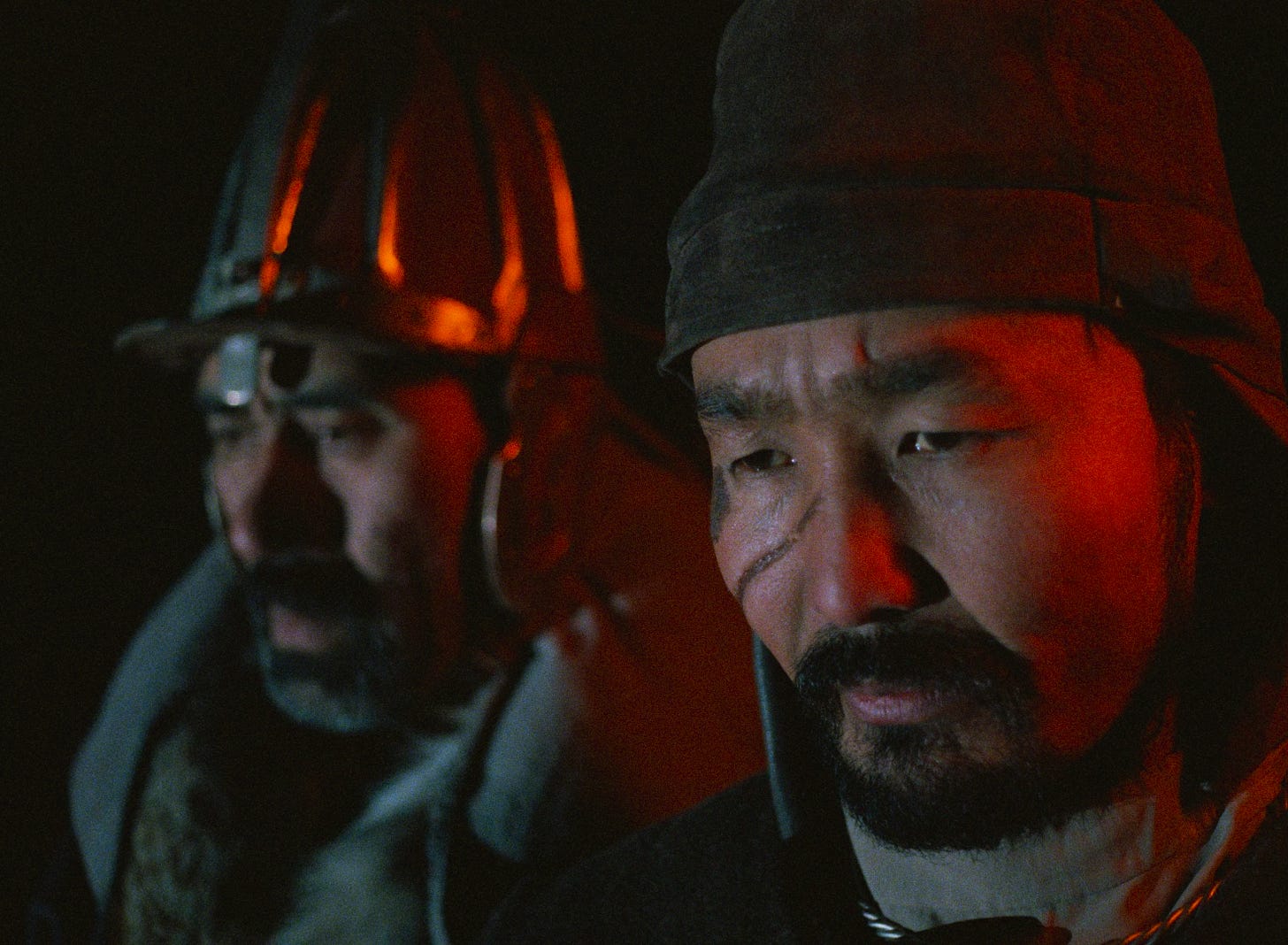


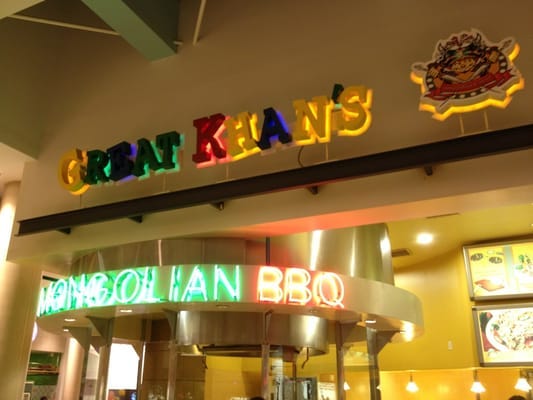



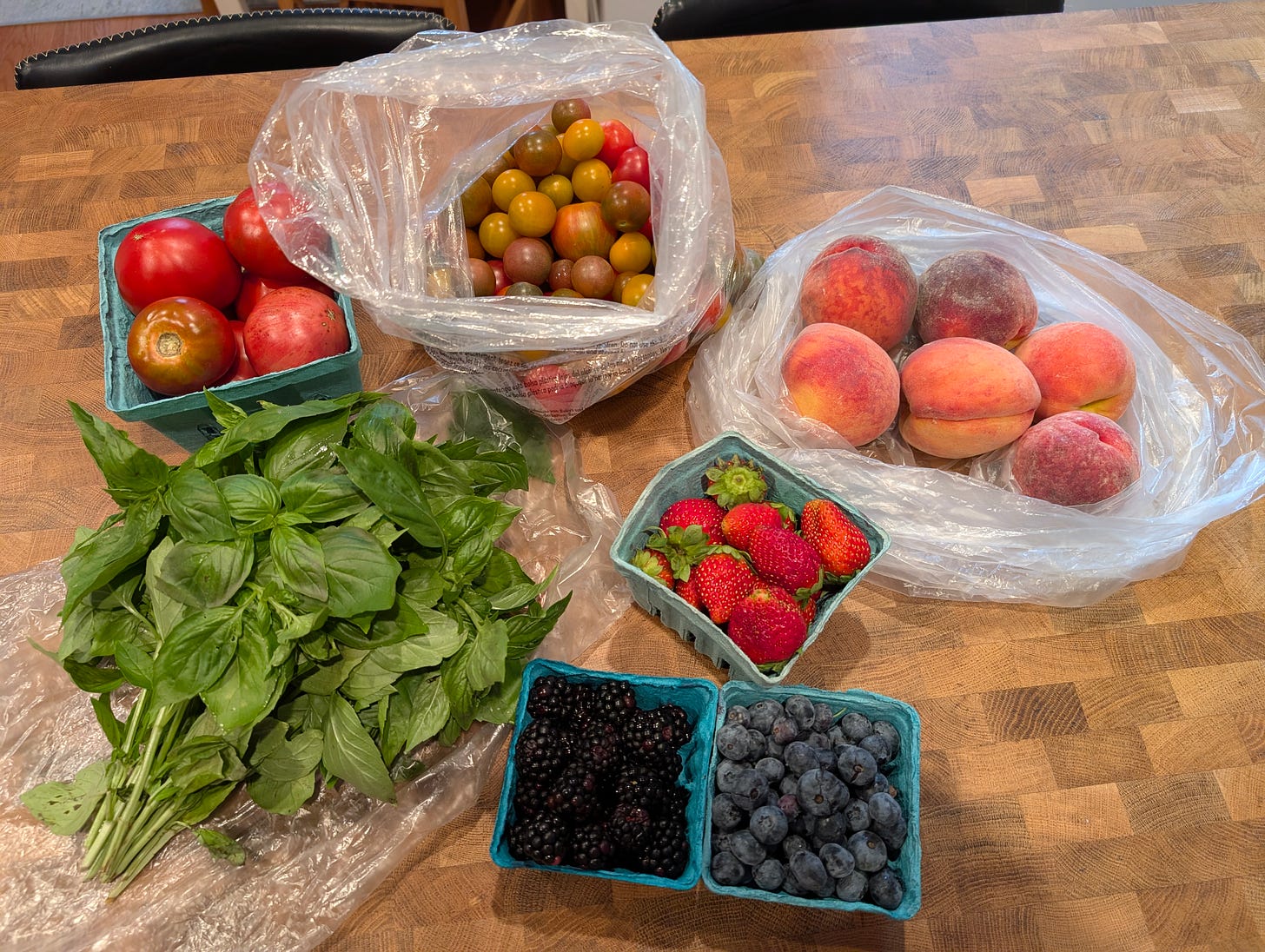
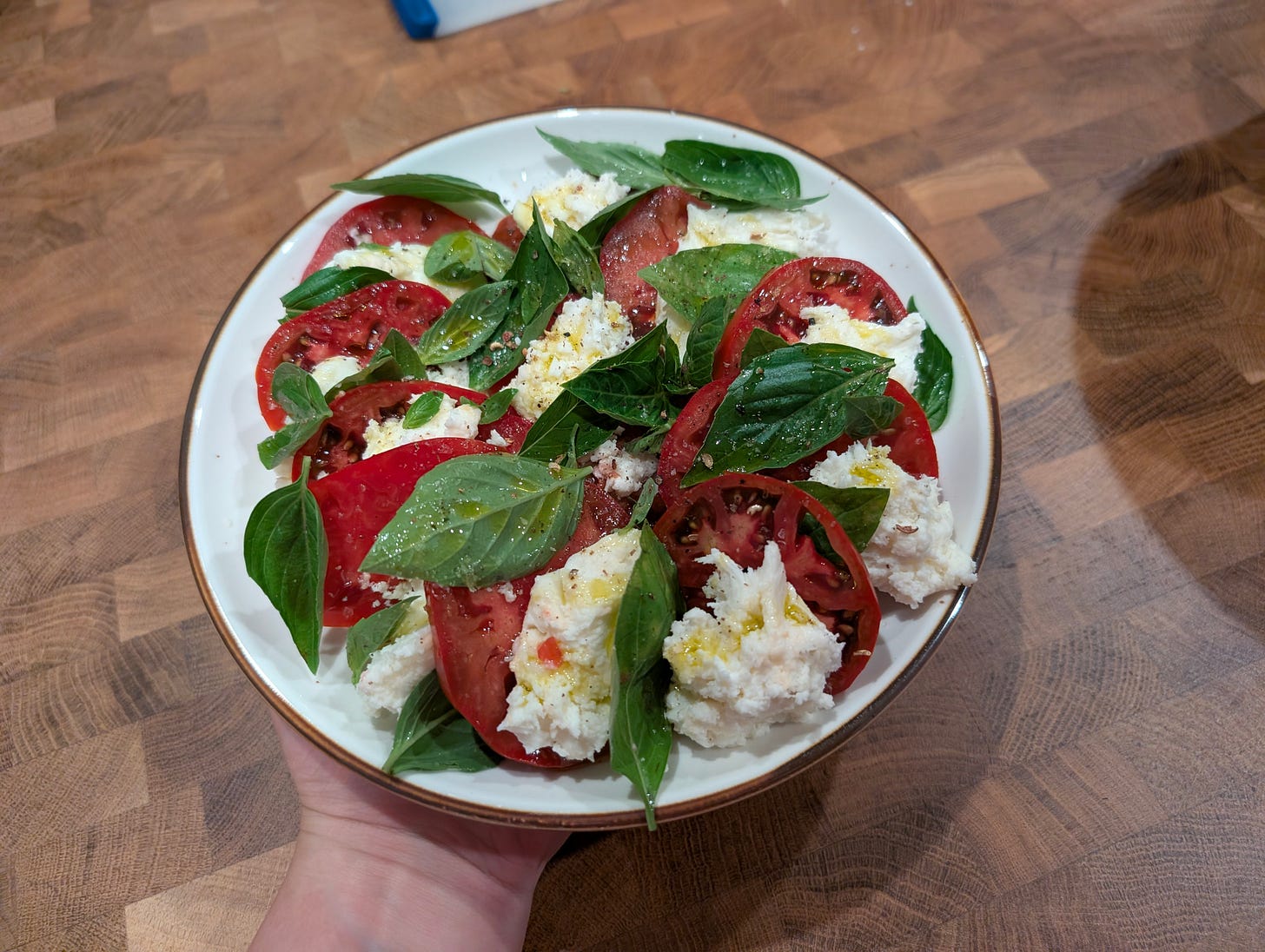

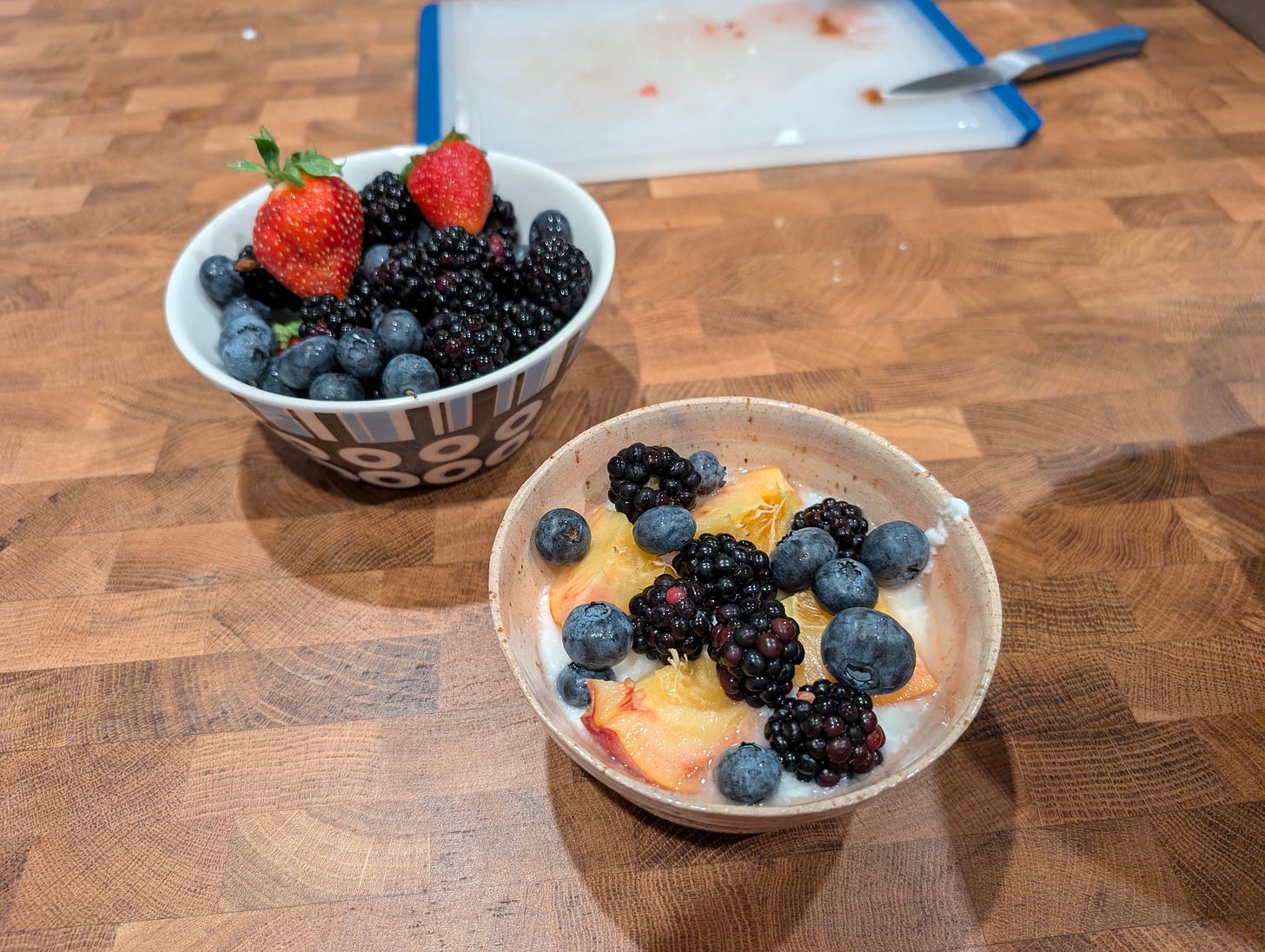
I can relate to the insights about the tomatoes and berries. Thank you!